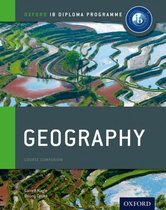Study guide
IB GEOGRAPHY HL/SL CORE CONTENT COMPLETE STUDY GUIDE
This is a complete study guide for all of the core content. It contains questions and answers for every syllabus point. It is all I used to study for my final IB exam and I got a 7.
[Show more]




